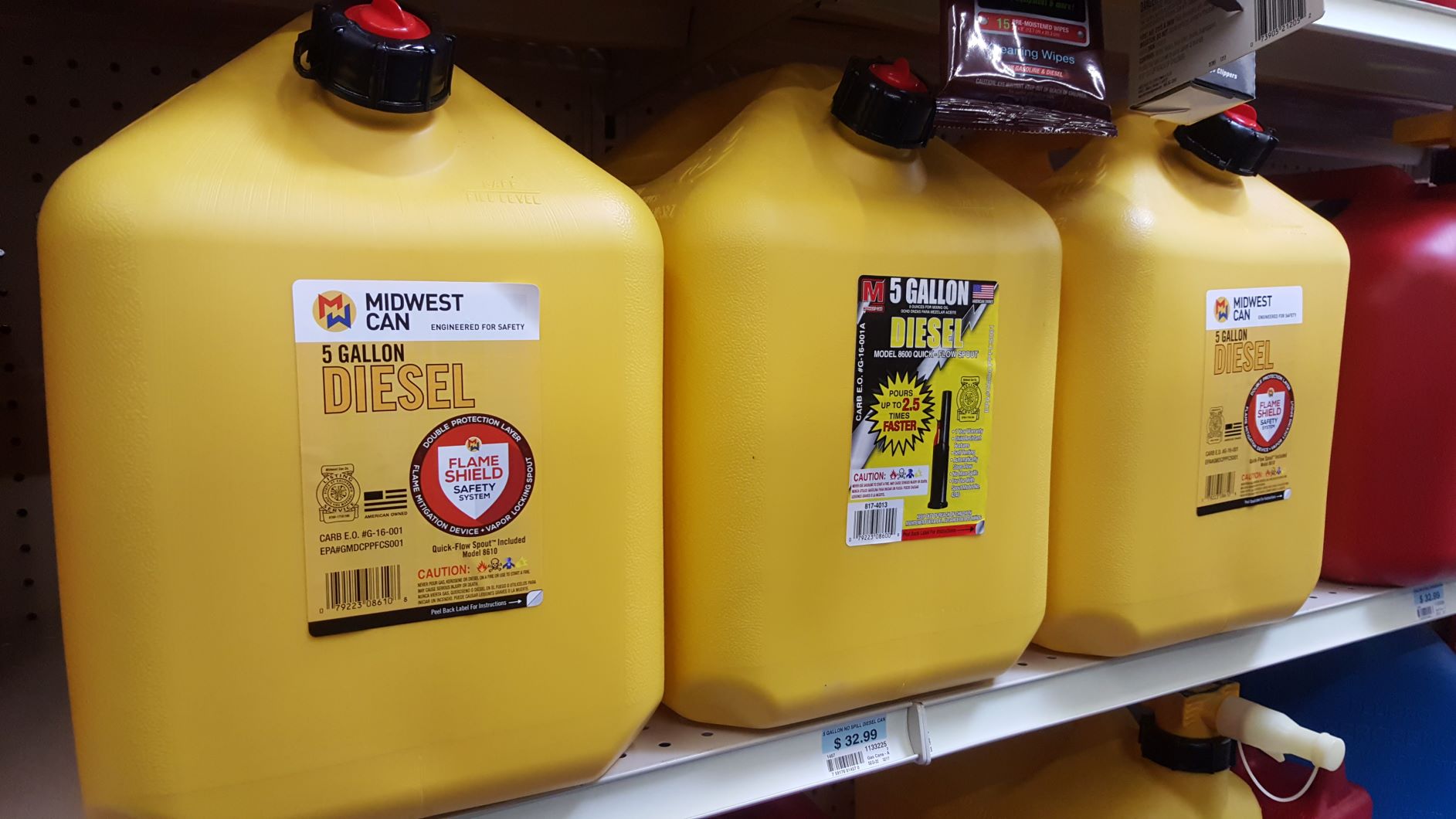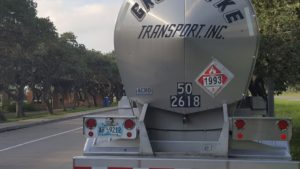Question:
Daniel: I just had a question asked to me about reportable quantities. They asked what the reportable quantity for diesel fuel was as well as gasoline. So I went to the Hazardous Materials Compliance Pocketbook to Table 1 but could not find anything around fuel. They claim its 10 gallons, I looked it up and it was 25gal. according to the internet but that does not help me as far as the HAZMAT/Safety guy around here and you always seem to know that type of stuff. Can you give me an explanation of why it is not in there? It is listed under flammables in the Hazardous Materials Table.
I have to be missing something and really off on the wrong track here so I obviously do not know where to go from here.
Answer:
Please see below.
- Neither gasoline nor diesel fuel are identified by name in the hazardous substances table (appendix A to 49 CFR 172.101). Therefore, those hazardous materials are not hazardous substances.
- Note: the Hazardous Materials Compliance Pocketbook is a good source of information, but it is a guidance document made and sold by JJ Keller. It is no substitute for the Hazardous Materials Regulations.
- Components of both diesel fuel, (e.g., naphthalene) and gasoline (e.g., benzene) are identified by name in the hazardous substances table and may, by themselves or in other solutions, be a hazardous substance.
- However, the definition of hazardous substance at 49 CFR 171.8 reads:
The term does not include petroleum, including crude oil or any fraction thereof which is not otherwise specifically listed or designated as a hazardous substance in appendix A to § 172.101 of this subchapter, and the term does not include natural gas, natural gas liquids, liquefied natural gas, or synthetic gas usable for fuel (or mixtures of natural gas and such synthetic gas).
- Both gasoline and diesel fuel are considered to be, “…petroleum, including crude oil or any fraction thereof…” and neither are, “…specifically listed or designated as a hazardous substance…”. Therefore, neither may be a reportable quantity of a hazardous substance regardless of their composition or quantity.
- Both gasoline and diesel fuel are identified by name in column 2 of the Hazardous Materials Table and will, in most cases, meet the criteria for a Class 3 Flammable (gasoline) or Combustible (diesel fuel) liquid. Therefore, both gasoline and diesel fuel will usually be a hazardous material.
Read: What are Flammable and Combustible Liquids?
- The term hazardous material is also defined at 49 CFR 171.8. There it indicates the term hazardous material includes a hazardous substance.
- In sum: neither gasoline nor diesel fuel are a hazardous substance, but both will likely be a hazardous material.
- I suspect the claims of an RQ or 10 lbs or 25 lbs is based on the threshold reporting quantities of other regulations (those of the Clean Water Act) or other agencies (perhaps state agencies have established threshold quantities that require reporting in the event of a release). Regardless, those other regulations have no impact on the Hazardous Materials Regulations (HMR) of the Pipeline and Hazardous Materials Safety Administration within the U.S. Department of Transportation (USDOT/PHMSA).
I hope this helps. Please contact me with any other questions.


